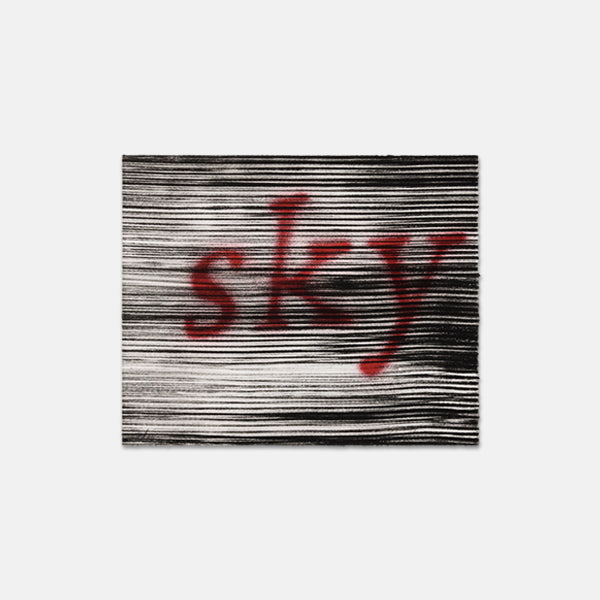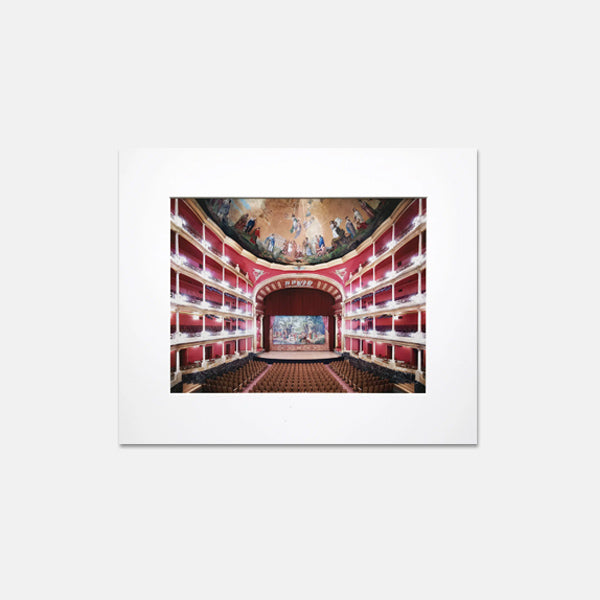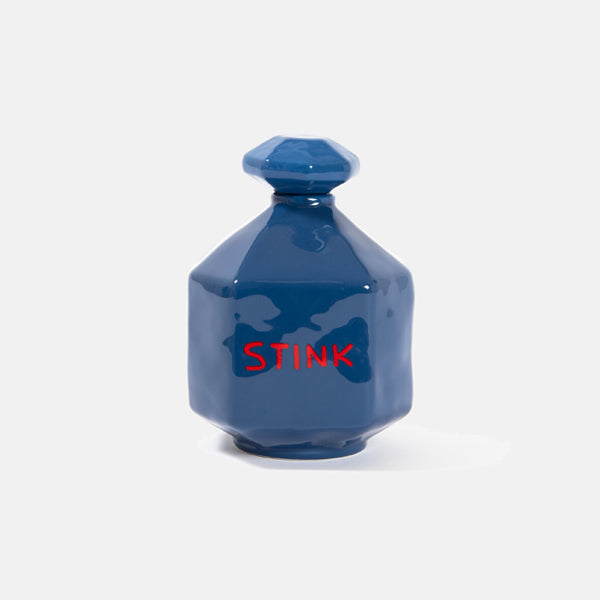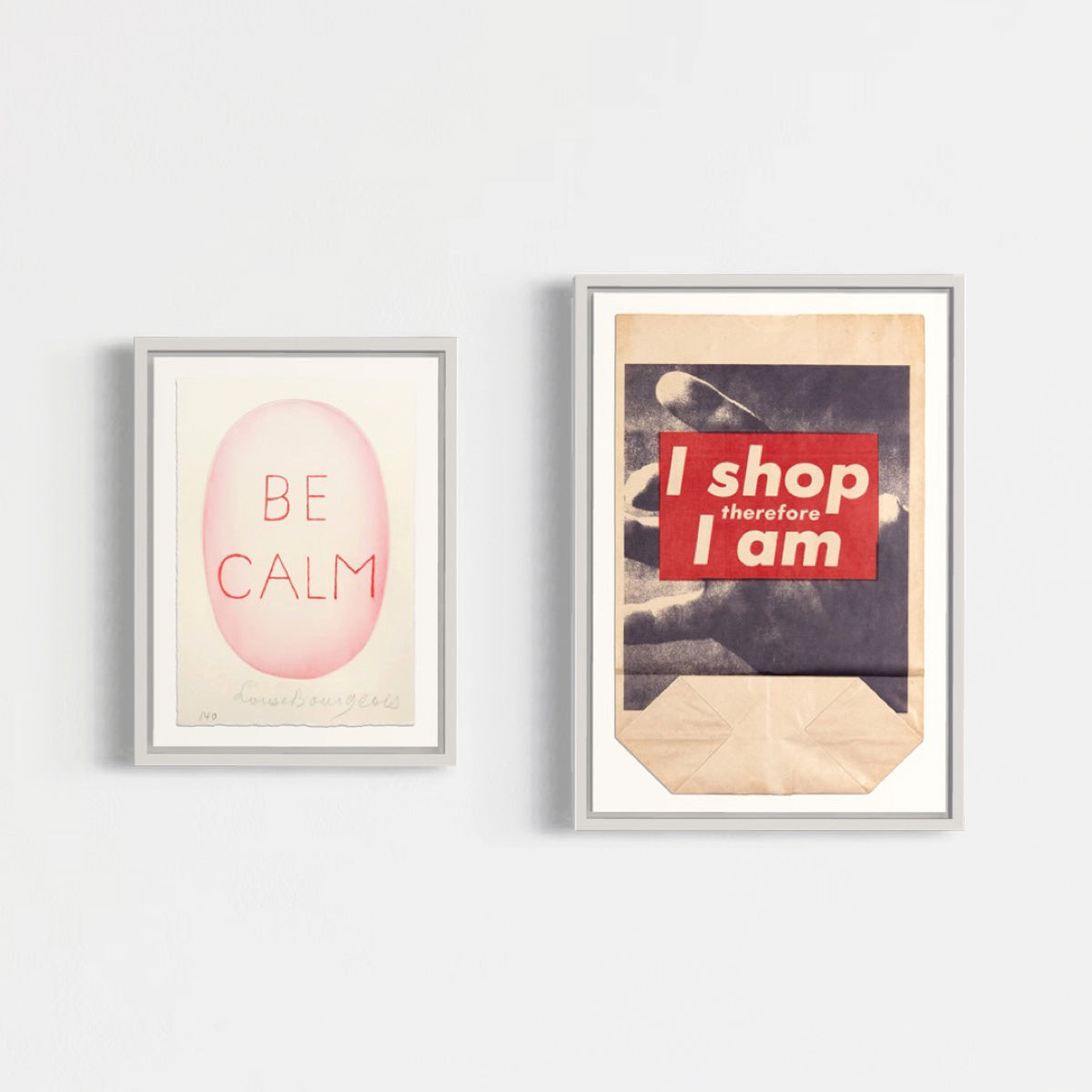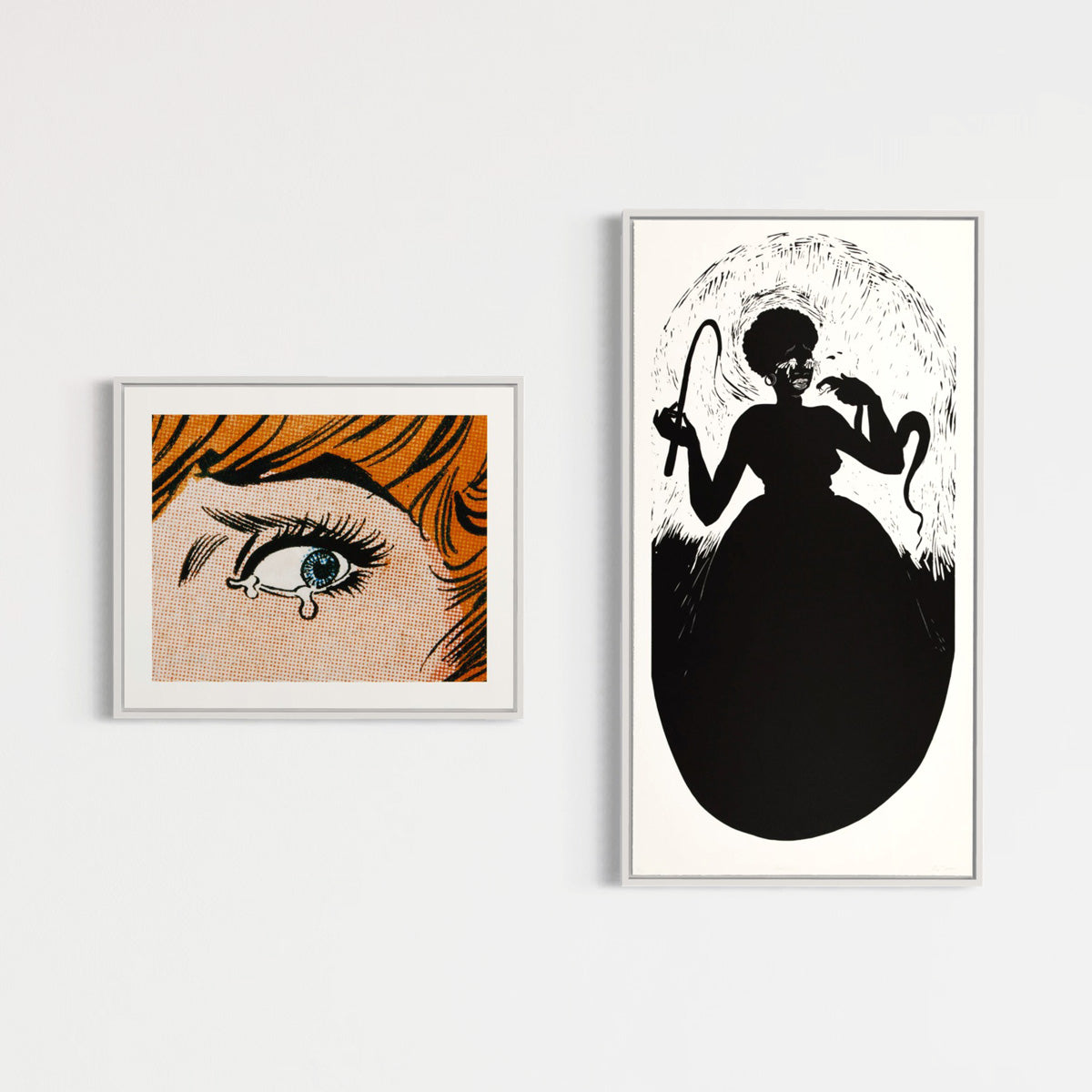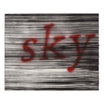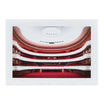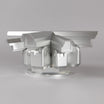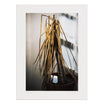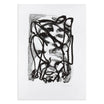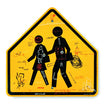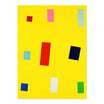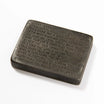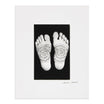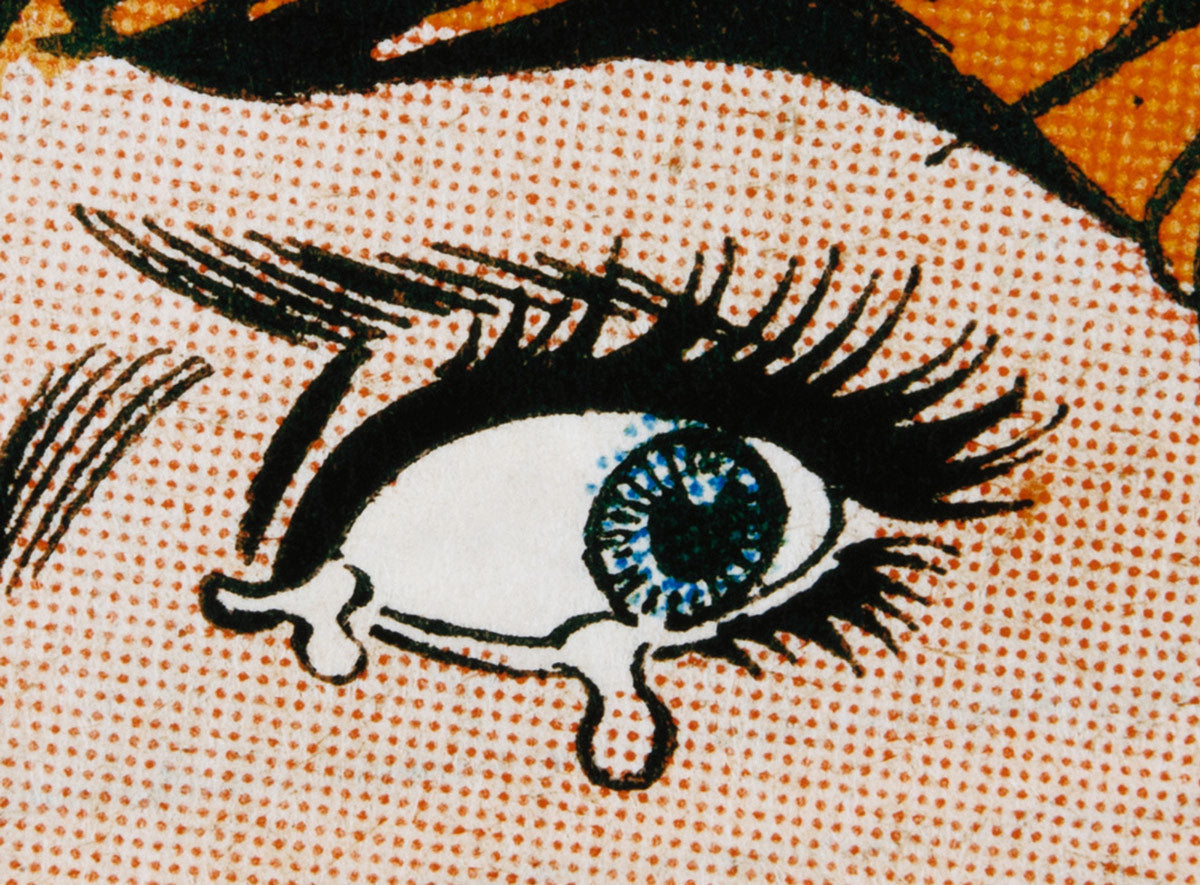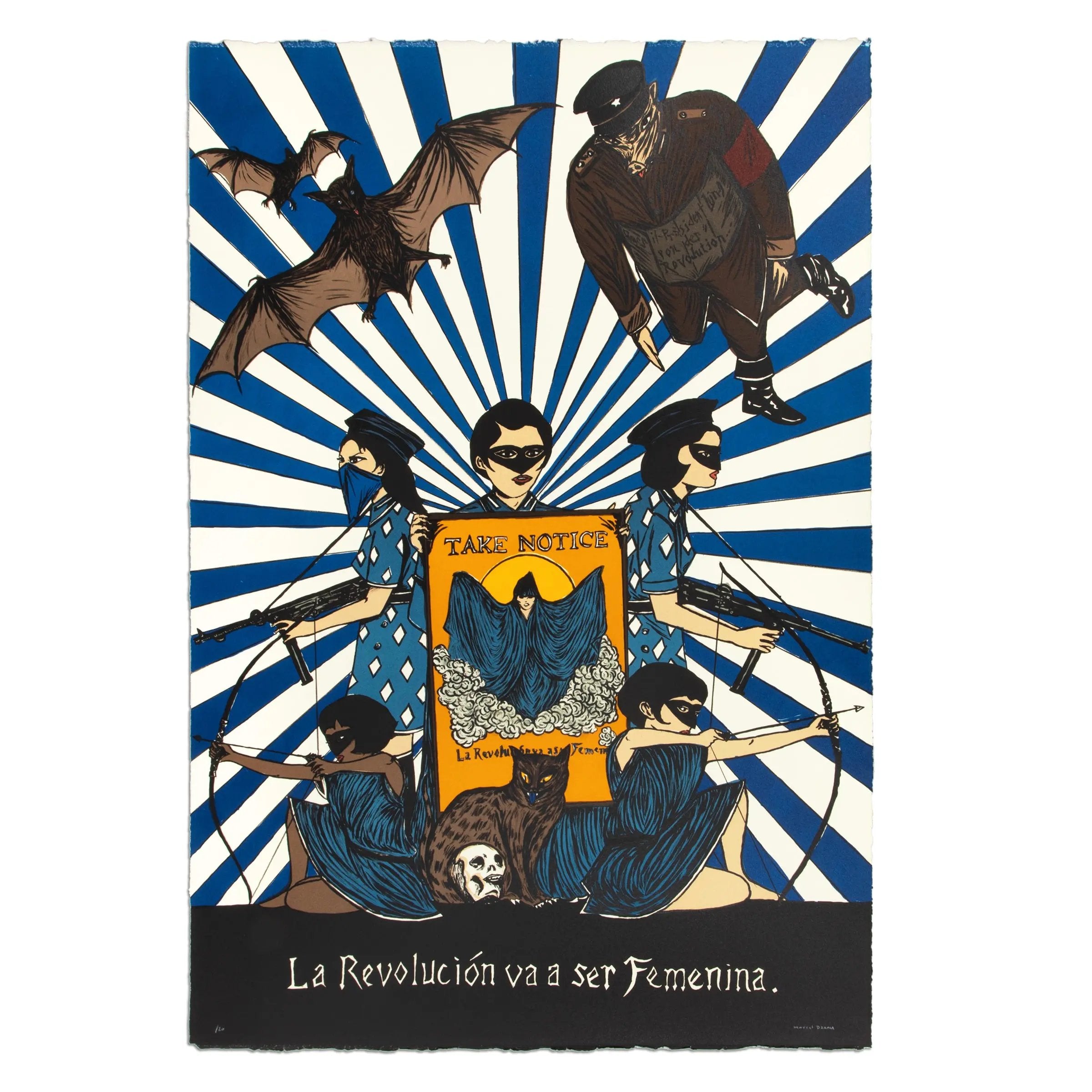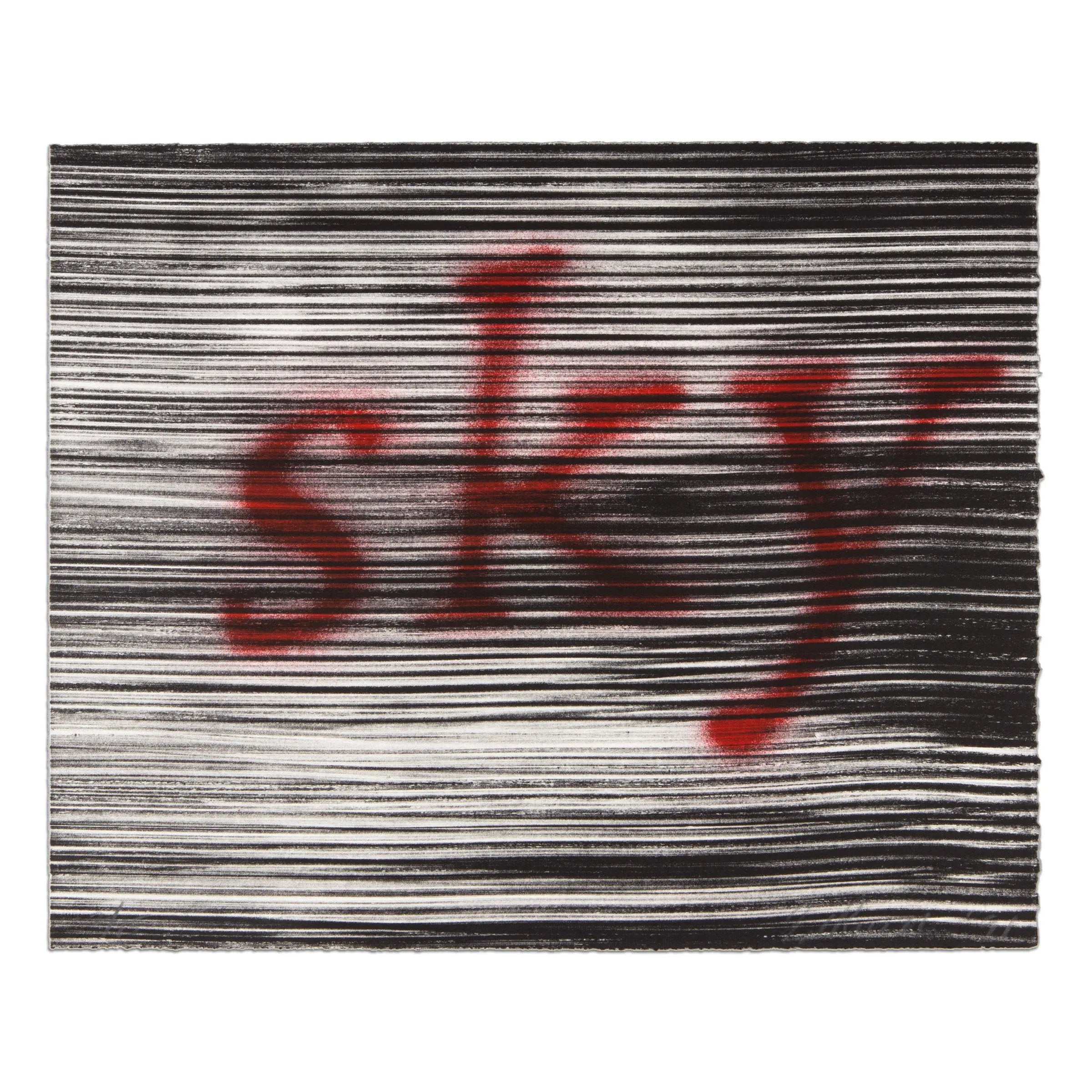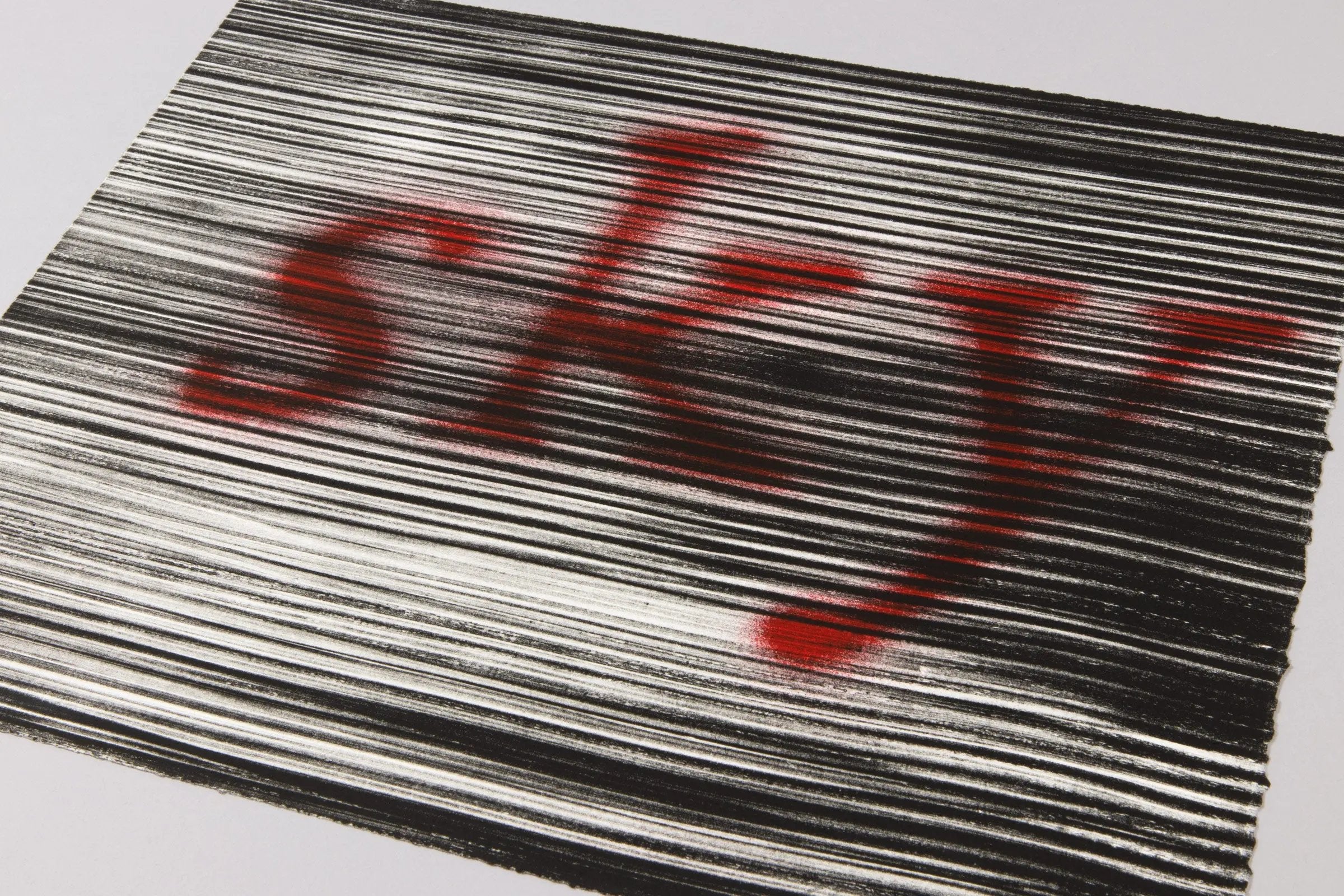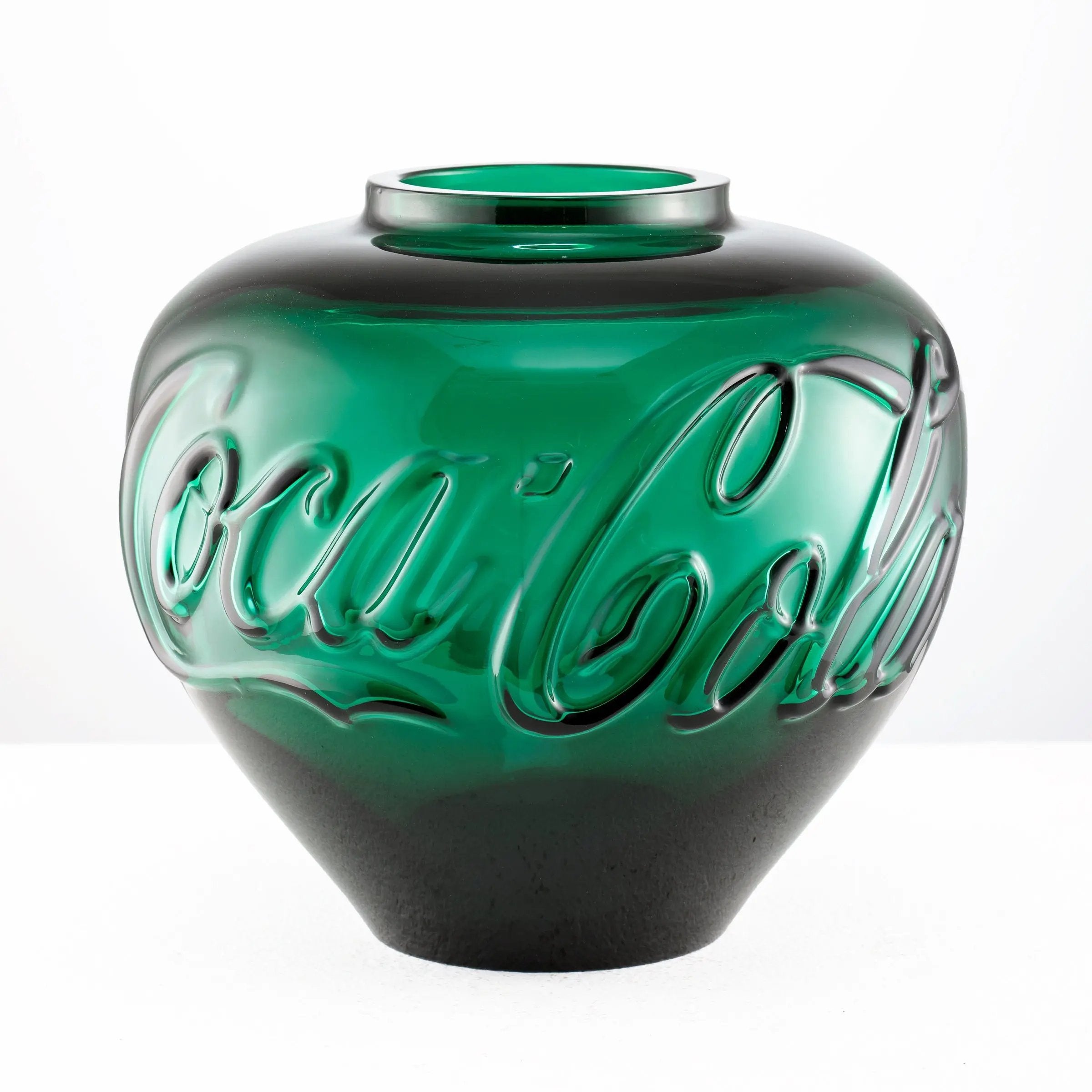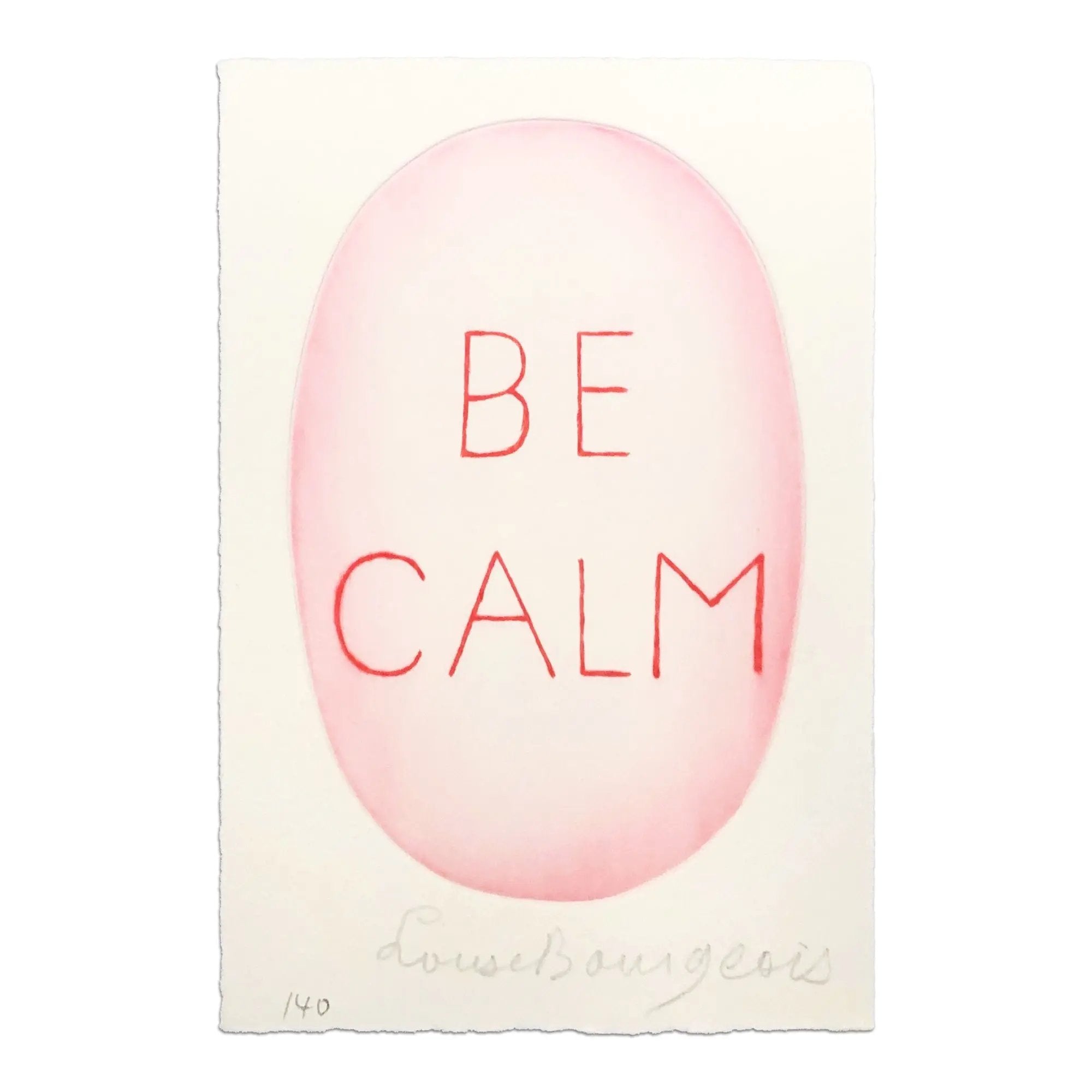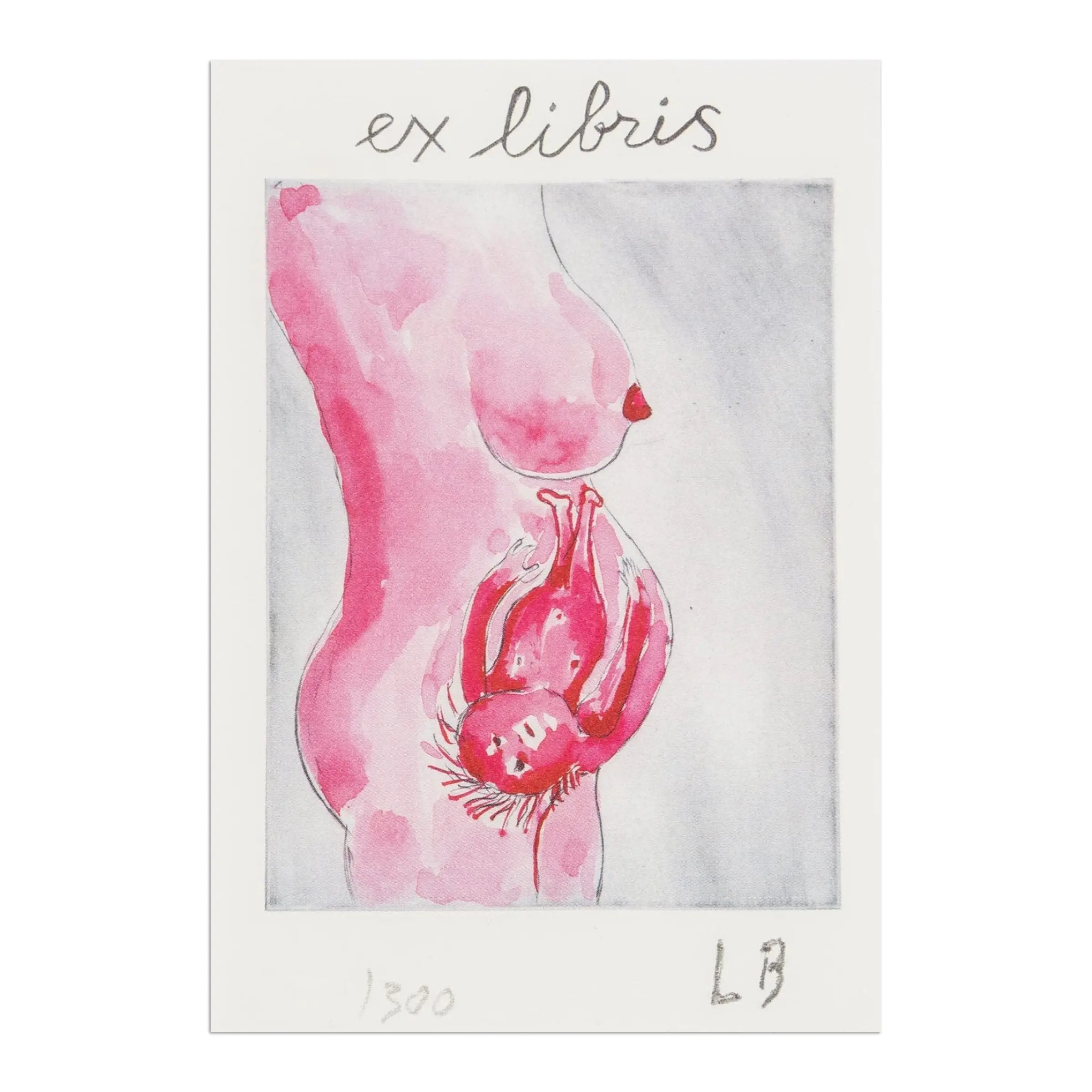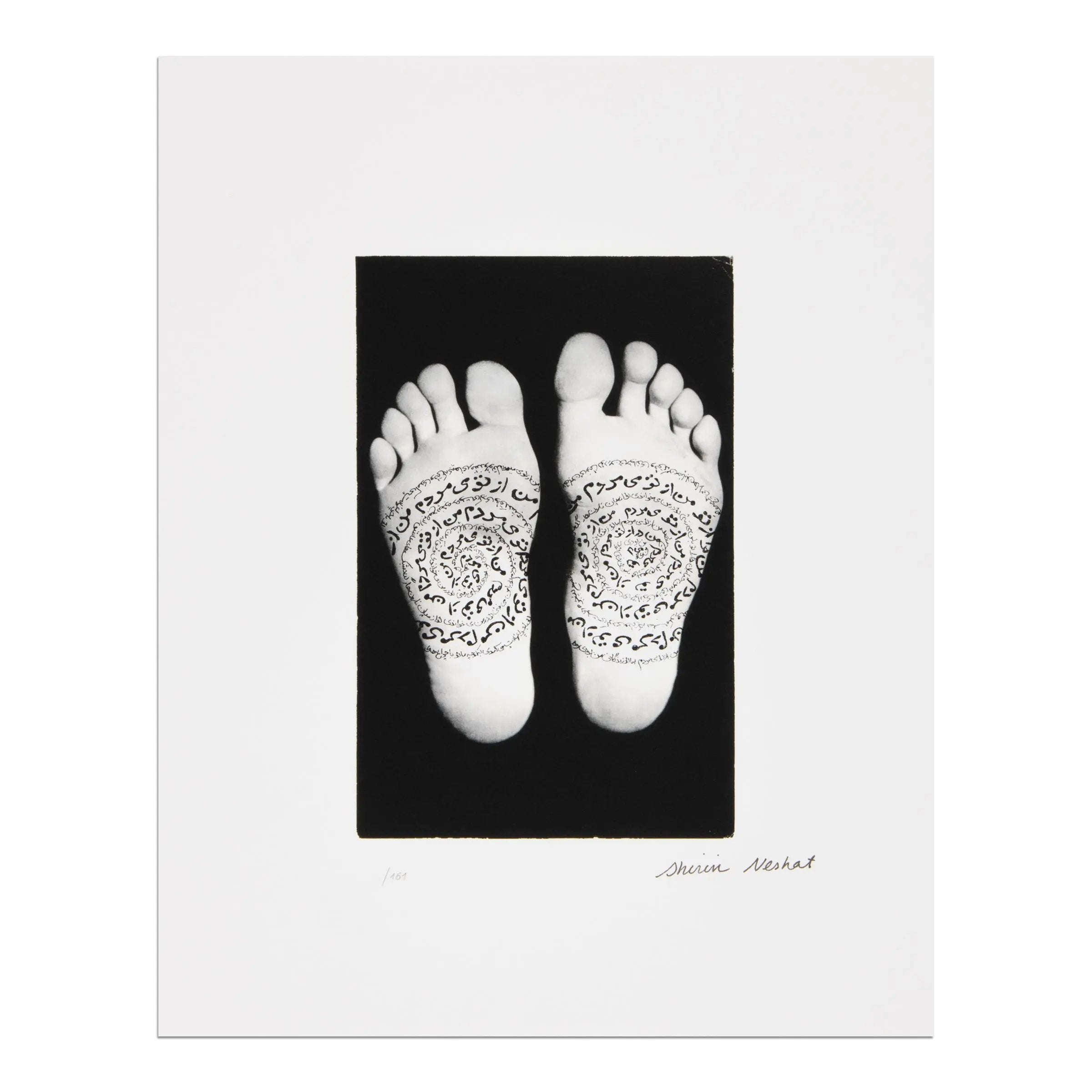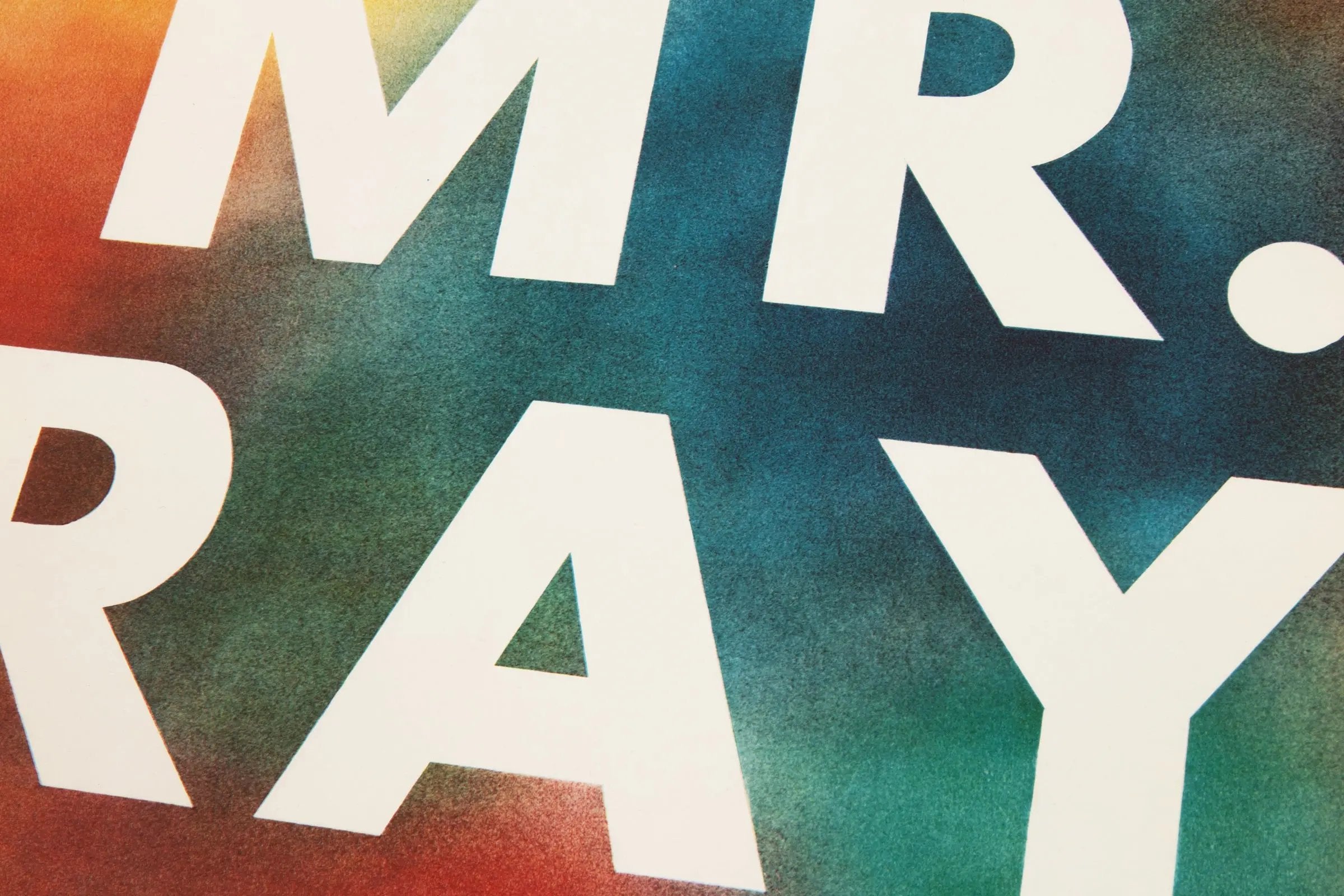
Text-Based Art
Text-Based Art transforms language into visual form, where words become both message and medium. Featuring limited edition prints and sculptures by Jenny Holzer, Ed Ruscha, and David Shrigley, these artworks reveal the power of text to challenge perception, provoke reflection, and define the dialogue of contemporary art.
Filters
55 products

Text-based art transforms language into a powerful artistic medium, blending words and form to provoke thought and engage viewers. This curated selection features limited-edition prints and sculptures by influential artists such as Jenny Holzer, Ed Ruscha, and David Shrigley. From incisive social critiques to whimsical commentary, these artworks challenge perceptions and highlight the dynamic interplay between text, meaning, and context. With select editions available for sale, this selection invites you to explore the intellectual and aesthetic richness of text-based art in contemporary culture.

Text-based art, a pivotal movement that emerged in the 1960s alongside conceptual art, prioritizes ideas and concepts over traditional aesthetic values. This genre employs language as the main artistic medium, transforming words and letters from mere communicative tools into integral visual elements. Artists working within this sphere often utilize text to disrupt established narratives, critique societal and political structures, and delve into the nuanced relationship between language, context, and meaning. The scope of text in this art form ranges from succinct phrases to elaborate compositions, expressed through diverse mediums such as paintings, fine art prints, sculptures, and photographs.
By merging the semantic with the visual, text-based art fosters a more cerebral and interactive artistic encounter, cementing its role in the narrative of contemporary art. This approach allows artists to engage directly with audiences, challenging them to question their perceptions and interpretations of language. The text itself can become a form of protest or commentary, offering new layers of meaning depending on its context and placement. Whether painted across a canvas, formed into three-dimensional structures, or flashed on electronic displays, the text in these artworks compels viewers to read and respond, making it a dynamic tool for communication and expression in the art world. This versatility and directness make text-based art a continually relevant and provocative element of modern and contemporary art practices.
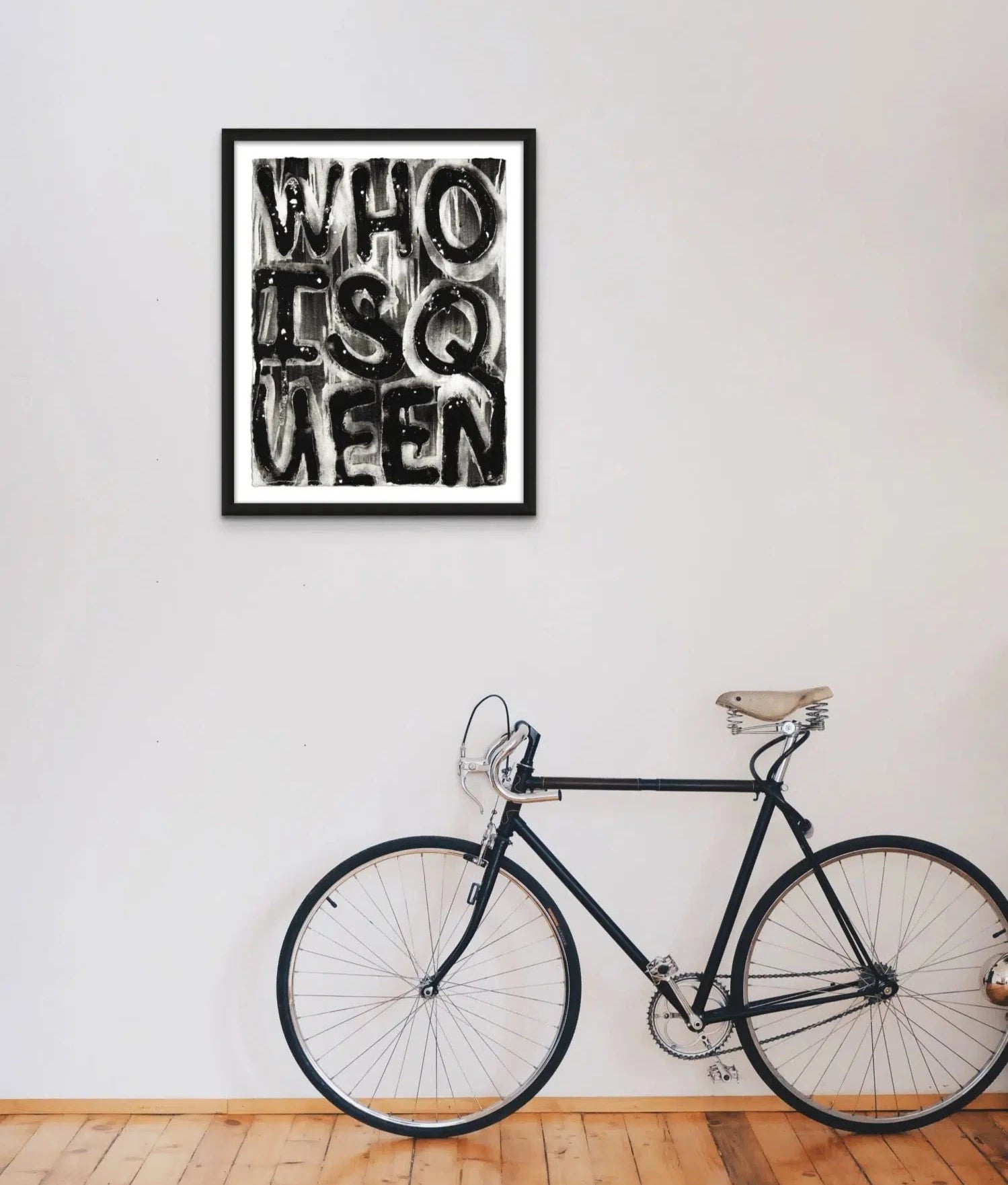
Text-based art, though solidified as a movement in the 1960s during the rise of Conceptual Art, has roots that stretch back to the early 20th century. It was born out of avant-garde movements like Dada and Futurism, where artists began to experiment with words and typography as artistic elements. This history reveals the evolving relationship between language and art, showcasing how artists have repeatedly turned to text to question, disrupt, and reimagine the boundaries of visual expression.
Early Beginnings: Dada and Beyond
The Dadaists, emerging in the chaotic aftermath of World War I, were among the first to embrace text as a central artistic element. Artists like Tristan Tzara and Kurt Schwitters incorporated fragmented poetry, nonsensical phrases, and collaged newspaper clippings into their artworks, rejecting traditional aesthetics in favor of provocation and absurdity. For Dada, text was not just a carrier of meaning but a medium for anti-art – a tool to undermine conventional narratives and highlight the instability of language itself.
Simultaneously, the Futurists, led by Filippo Tommaso Marinetti, explored the visual possibilities of text through their “words in freedom” (parole in libertà) technique. This style abandoned linearity, using dynamic typography to convey speed, energy, and emotion. These experiments laid the groundwork for later art movements, demonstrating the visual and conceptual power of language.
Conceptual Art and the Rise of Text as Idea
By the 1960s, text-based art took on new significance as artists aligned with Conceptual Art sought to prioritize ideas over form. Joseph Kosuth’s seminal work, One and Three Chairs (1965), exemplifies this shift. The piece juxtaposes a physical chair, a photograph of the chair, and the dictionary definition of “chair,” forcing viewers to question the nature of representation and the interplay between words and objects.
Other contemporaries, like Lawrence Weiner, used text to strip art down to its essence. Weiner’s declarative statements, such as “A 36” x 36” Removal to the Lathing or Support of a Wall,” became artworks in themselves, emphasizing the sufficiency of language to convey artistic intent. These works not only democratized art by removing the need for physical creation but also invited audiences to engage with art intellectually.
Political and Public Interventions
The 1980s and 1990s saw text-based art move from galleries into public spaces, as artists like Jenny Holzer and Barbara Kruger used language to address political and social issues. Holzer’s Truisms – short, impactful phrases such as “Abuse of power comes as no surprise” – flashed across LED signs and urban landscapes, confronting viewers in their everyday environments. Similarly, Kruger’s bold, graphic artworks combined text and imagery to critique consumer culture, gender roles, and media manipulation.
Text-based art transforms language into a powerful artistic medium, blending words and form to provoke thought and engage viewers. This curated selection features limited-edition prints and sculptures by influential artists such as Jenny Holzer, Ed Ruscha, and David Shrigley. From incisive social critiques to whimsical commentary, these artworks challenge perceptions and highlight the dynamic interplay between text, meaning, and context. With select editions available for sale, this selection invites you to explore the intellectual and aesthetic richness of text-based art in contemporary culture.
Text-based art, a pivotal movement that emerged in the 1960s alongside conceptual art, prioritizes ideas and concepts over traditional aesthetic values. This genre employs language as the main artistic medium, transforming words and letters from mere communicative tools into integral visual elements. Artists working within this sphere often utilize text to disrupt established narratives, critique societal and political structures, and delve into the nuanced relationship between language, context, and meaning. The scope of text in this art form ranges from succinct phrases to elaborate compositions, expressed through diverse mediums such as paintings, fine art prints, sculptures, and photographs.
By merging the semantic with the visual, text-based art fosters a more cerebral and interactive artistic encounter, cementing its role in the narrative of contemporary art. This approach allows artists to engage directly with audiences, challenging them to question their perceptions and interpretations of language. The text itself can become a form of protest or commentary, offering new layers of meaning depending on its context and placement. Whether painted across a canvas, formed into three-dimensional structures, or flashed on electronic displays, the text in these artworks compels viewers to read and respond, making it a dynamic tool for communication and expression in the art world. This versatility and directness make text-based art a continually relevant and provocative element of modern and contemporary art practices.
Text-based art, though solidified as a movement in the 1960s during the rise of Conceptual Art, has roots that stretch back to the early 20th century. It was born out of avant-garde movements like Dada and Futurism, where artists began to experiment with words and typography as artistic elements. This history reveals the evolving relationship between language and art, showcasing how artists have repeatedly turned to text to question, disrupt, and reimagine the boundaries of visual expression.
Early Beginnings: Dada and Beyond
The Dadaists, emerging in the chaotic aftermath of World War I, were among the first to embrace text as a central artistic element. Artists like Tristan Tzara and Kurt Schwitters incorporated fragmented poetry, nonsensical phrases, and collaged newspaper clippings into their artworks, rejecting traditional aesthetics in favor of provocation and absurdity. For Dada, text was not just a carrier of meaning but a medium for anti-art – a tool to undermine conventional narratives and highlight the instability of language itself.
Simultaneously, the Futurists, led by Filippo Tommaso Marinetti, explored the visual possibilities of text through their “words in freedom” (parole in libertà) technique. This style abandoned linearity, using dynamic typography to convey speed, energy, and emotion. These experiments laid the groundwork for later art movements, demonstrating the visual and conceptual power of language.
Conceptual Art and the Rise of Text as Idea
By the 1960s, text-based art took on new significance as artists aligned with Conceptual Art sought to prioritize ideas over form. Joseph Kosuth’s seminal work, One and Three Chairs (1965), exemplifies this shift. The piece juxtaposes a physical chair, a photograph of the chair, and the dictionary definition of “chair,” forcing viewers to question the nature of representation and the interplay between words and objects.
Other contemporaries, like Lawrence Weiner, used text to strip art down to its essence. Weiner’s declarative statements, such as “A 36” x 36” Removal to the Lathing or Support of a Wall,” became artworks in themselves, emphasizing the sufficiency of language to convey artistic intent. These works not only democratized art by removing the need for physical creation but also invited audiences to engage with art intellectually.
Political and Public Interventions
The 1980s and 1990s saw text-based art move from galleries into public spaces, as artists like Jenny Holzer and Barbara Kruger used language to address political and social issues. Holzer’s Truisms – short, impactful phrases such as “Abuse of power comes as no surprise” – flashed across LED signs and urban landscapes, confronting viewers in their everyday environments. Similarly, Kruger’s bold, graphic artworks combined text and imagery to critique consumer culture, gender roles, and media manipulation.




Buy art online
Shop art editions online with transparent pricing, accurate condition reports, and fast dispatch. Designed for international collectors, we make buying limited edition prints and artworks simple, secure, and reliable.
Worldwide shipping
We ship art editions worldwide with full insurance and tracking. Handled only by trusted international carriers, each shipment is securely packaged and typically dispatched within 5 days.
Professional packaging
Every artwork is packaged to the highest professional standards. Using solid multi-layer cardboard and protective materials, we ensure your art editions arrive safely and in excellent condition.
Secure payment
Buy with confidence using secure, encrypted payments backed by advanced fraud protection. Every transaction is processed with trusted technology, ensuring a smooth and worry-free checkout for collectors worldwide.
